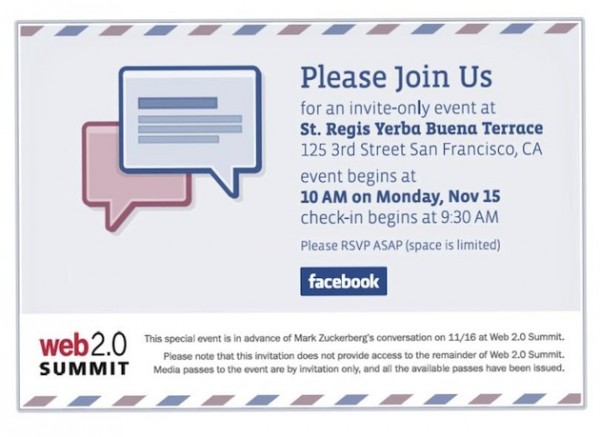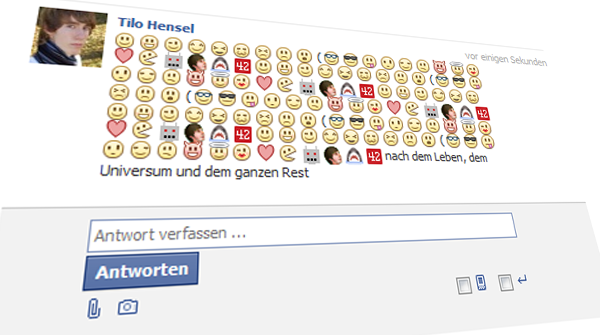Facebook: weltweites Beziehungsgeflecht
Wo nutzten viele Menschen Facebook? Zwischen welchen Menschen gibt es Beziehungen? Zwischen welchen Ländern gibt es viele Beziehungen und wo weniger? Facebook-Dateningenieur Paul Butler hat die Facebook-Beziehungen analysiert und in einer Grafik visualisiert.
Butler zum Ergebnis: „Mich verblüffte, dass die Linien keine Küsten, Flüsse oder politische Grenzen abbilden, sondern real existierende menschliche Beziehungen. Jeder Strich steht für eine Freundschaft auf einer Reise, ein Familienmitglied im Ausland oder einen alten Schulfreund, den der Lauf des Lebens an einen anderen Ort verschlagen hat.“
Sein genauer Wortlaut veröffentlichte er im Facebook Blog als Note:
“I began exploring it in R, an open-source statistics environment. As a sanity check, I plotted points at some of the latitude and longitude coordinates. To my relief, what I saw was roughly an outline of the world. Next I erased the dots and plotted lines between the points. After a few minutes of rendering, a big white blob appeared in the center of the map. Some of the outer edges of the blob vaguely resembled the continents, but it was clear that I had too much data to get interesting results just by drawing lines. I thought that making the lines semi-transparent would do the trick, but I quickly realized that my graphing environment couldn’t handle enough shades of color for it to work the way I wanted.
Instead I found a way to simulate the effect I wanted. I defined weights for each pair of cities as a function of the Euclidean distance between them and the number of friends between them. Then I plotted lines between the pairs by weight, so that pairs of cities with the most friendships between them were drawn on top of the others. I used a color ramp from black to blue to white, with each line’s color depending on its weight. I also transformed some of the lines to wrap around the image, rather than spanning more than halfway around the world.”


Ähnliche Beiträge